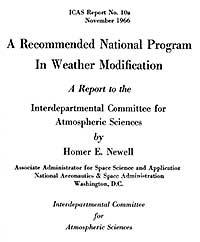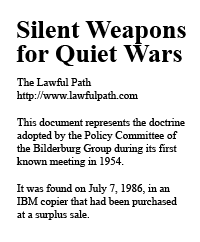Melinda Pillsbury-Foster interviews David Lincoln to inform listeners about birth defects and other diseases linked to trichloroethylene (TCE) in our air and water.
David Lincoln is a geologist, environmental consultant, and author of a book called “Deep Horizons Exposed” who jumped off the corporate ladder and changed careers after he saw how Enron was being operated for the benefit of a select few. He maintains a website called WereYouPoisoned.com.
Click here to listen to an excerpt of David Lincoln’s Nov. 22 appearance on the radio show.
References
Trichloroethylene
From Wikipedia, the free encyclopedia
The chemical compound trichloroethylene is a chlorinated hydrocarbon commonly used as an industrial solvent. It is a clear non-flammable liquid with a sweet smell. The introduction of halothane in 1956 greatly diminished the use of TCE as a general anesthetic. TCE was still used as an inhalation analgesic in childbirth given by self-administration. Fetal toxicity and concerns for carcinogenic potential of TCE led to its abandonment in the 1980s.
Rocketdyne Cleanup Coalition – Since 1989
SSFL contamination is made up of some very nasty chemicals, including some that have contaminated soil and groundwater as well as emit toxic gas from the ground and water. One of these chemicals is trichloroethylene, which is a solvent and degreaser. Over 1.73 million gallons of TCE were used at Rocketdyne to hose down the inside and outside of rocket engines after the tens of thousands of rocket tests that were fired at the lab.
Camp Lejeune water contamination
From Wikipedia, the free encyclopedia
From at least 1957 through 1985, Marines and their families at Lejeune’s main family housing areas of Tarawa Terrace and Hadnot Point drank and bathed in water contaminated with toxins at concentrations up to 240-3400 times permitted by safety standards, and at least 850 former residents filed claims for nearly $4 billion from the military. The contamination appears to have affected the water from two of the eight water treatment plants on base. The main chemicals involved were volatile organic compounds such as perchloroethylene, a dry cleaning solvent, and trichloroethylene, a degreaser.
Congress Must Protect People from Toxic Chemicals Known to Cause Harm: Trichloroethylene (TCE)
SaferChemicals.org
Most people are exposed to TCE by breathing contaminated air or drinking contaminated water. Between 9 percent and 34 percent of drinking water supply sources tested in the United States contain some TCE due to leaching from disposal sites.
Agency for Toxic Substances & Disease Registry
Public Health Assessments & Health Consultations
Jet Propulsion Laboratory, Pasadena CA
In 1980, the city of Pasadena detected volatile organic compounds — carbon tetrachloride and trichloroethylene — in municipal wells located in and east of the Arroyo Seco spreading grounds southeast of JPL.
Trichloroethylene Pathway Map
University of Minnesota (ref. to Lawrence Livermore Lab)
Trichloroethylene: Also Known As TCE
HealthChild.org
Trichloroethylene is one of the chemicals suspected of causing a cluster of childhood leukemia cases due to drinking water contamination in the town of Woburn, Massachusetts, in the early 1980s. The subsequent lawsuit against the polluting company was the subject of the 1995 book and 1998 film, A Civil Action.
Study links Parkinson’s disease to industrial solvent
By Neil Bowdler
Health reporter, BBC News
13 Nov. 2011
Hinchey Lauds EPA Release of Health Assessment Declaring TCE a Carcinogen and Health Hazard
28 Sep. 2011





![[Most Recent Exchange Rate from www.kitco.com]](http://www.weblinks247.com/exrate/exr24_eu_en_2.gif)

Camp Lejeune water contamination victim speaks out
By Amanda Wilcox And Lindell Kay
The Daily News, Jacksonville, N.C.
Published: September 2, 2012